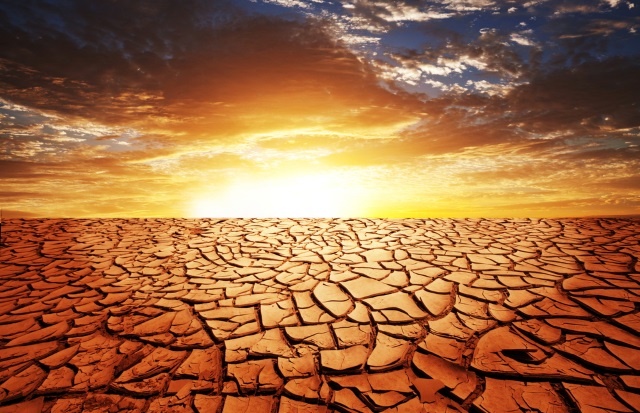Concentrations of major greenhouse gases in the atmosphere continue to increase to new limits and Arctic sea ice remains at a very low level, even though gas emissions are dropping, the United Nations World Meteorological Organization announced.
The year 2016 has seen record-breaking hot temperatures, this according to the United Nations weather agency, which has recorded a hike of approximately 1.2° Celsius (2.2 degrees Fahrenheit) above pre-industrial levels, and with temperatures in parts of Arctic Russia climbing as much as 6° to 7°C above long-term averages, in part because of the powerful El Niño weather pattern that began late last year.
This trend shows that 16 of the 17 hottest years on record will have been during the 21st century.
Concentrations of major greenhouse gases in the atmosphere continue to increase to new limits and Arctic sea ice remains at a very low level, although gas emissions are dropping, the United Nations’ World Meteorological Organization (WMO) stated.
WMO Secretary-General Petteri Taalas warned that despite the extra heat due to El Niño no longer having an impact, global warming would continue.
WMO’s findings show that temperature increases are most pronounced in the northern hemisphere, although much of southern Africa and several other regions throughout the southern hemisphere saw the same trend.
Ocean temperatures were also above normal, which has contributed to significant coral bleaching and disruption of ecosystems, although temperatures were below-normal in the southern oceans.
Sea levels rose about 15 millimetres between November 2014 and February 2016 – five times that of the post-1993 trend of three to 3.5 mm per year.
“Because of climate change,” Taalas said, “the occurrence and impact of extreme events has risen. ‘Once-in-a-generation’ heatwaves and flooding are becoming more regular. Sea level rise has increased exposure to storm surges associated with tropical cyclones.”
Indeed, 2016 has witnessed major extreme weather events, with Hurricane Matthew, typhoons and cyclones, flooding throughout Asia and Africa, major heatwaves, the most damaging wildfire in Canada’s history and major droughts.
WMO is working to improve its monitoring of greenhouse emissions and to help countries take effective measures to reduce them.
WMO has also linked weather-related events to conclusions by the International Organization for Migration (IMO) and the Office of the UN High Commissioner for Refugees (UNHCR), which reported 19.2 million new displacements due to weather, water, climate and geophysical hazards in 113 countries in 2015. That number is more than twice the number of people displaced due to human-related conflict and violence.
By: Aryeh Savir, World Israel News


